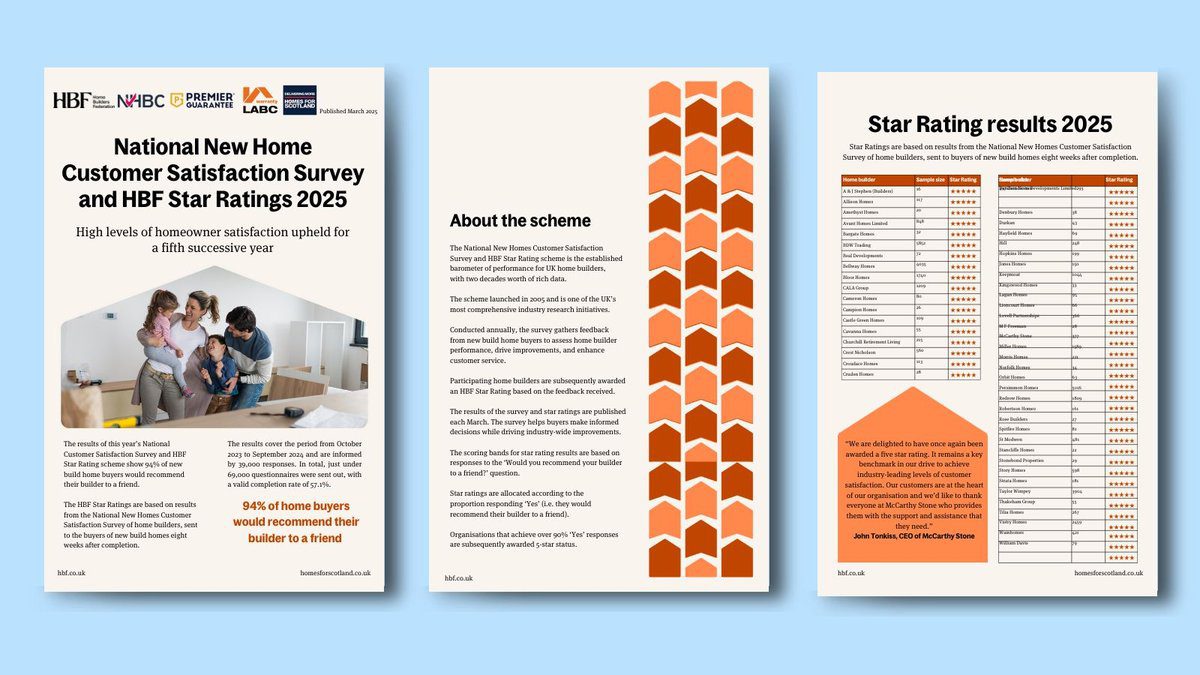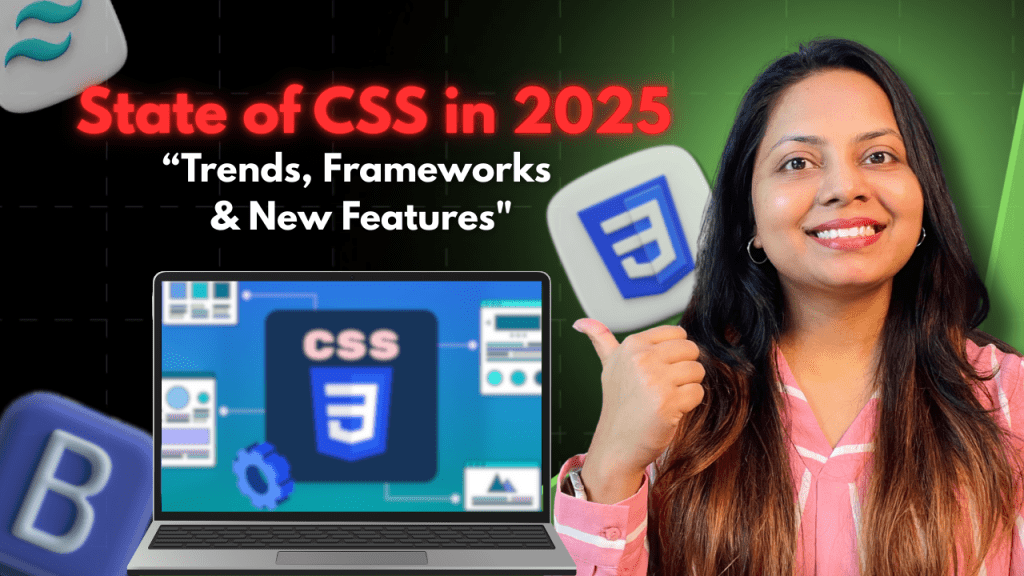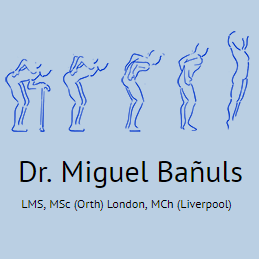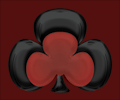The much-anticipated State of CSS 2025 report is finally here, unveiling crucial insights into the evolving landscape of CSS as we move further into the decade. This year’s survey results reflect the exciting integration of new CSS features, highlighting innovations like calc-size() and shape(). As developers continually adapt to the dynamic world of web design, understanding CSS pain points has never been more essential. With CSS trends for 2025, professionals can better navigate the complexities of modern styling. Additionally, if you’re seeking reliable infrastructure for these advancements, consider exploring Cloudways hosting solutions to enhance your web performance.
In the latest findings from the CSS landscape, the State of CSS 2025 survey showcases a wealth of information designed to inform developers and enthusiasts alike. This comprehensive assessment not only explores the latest developments in CSS methodologies but also captures the various challenges faced by users when implementing new CSS functionalities. From emerging styling techniques to key frustrations, the survey serves as a valuable resource for identifying trends and anticipating future advancements in web design. Those looking to optimize their projects can stay informed about the shifts in popular CSS features that define the year 2025. Let the journey into this vibrant world of cascading styles begin, offering clarity on everything from innovations to best practices.
Introduction to the State of CSS 2025 Survey
The launch of the State of CSS 2025 Survey has captured the attention of web developers across the globe. Just a few days ago, Juan Diego Rodríguez shared exciting insights into what’s on the horizon for CSS as the survey unveils models and features introduced in the last year. The anticipation around these results not only stirs discussions but also motivates developers to reflect on their experiences with CSS.
This year, the survey aims to assess a myriad of new CSS features that promise to make styling web pages easier and more efficient. From functions like calc-size() and shape() to innovative features such as scroll-driven animations and container scroll-state queries, developers are eager to share their thoughts. As we delve into the survey questions, it’s clear that the CSS Working Group is keen on addressing the real pain points of its users.
Exploring New CSS Functions
One of the most compelling additions to this year’s survey is the inclusion of various new CSS functions. Features like advanced attr(), display: contents, and the interesting sibling-index() function broaden the possibilities for developers when styling their applications. Each of these functions could significantly reduce the complexity of managing layouts and interactions on web pages.
These new features will allow developers to create more responsive and dynamic web interfaces. For instance, the calc-size() function invites creativity by enabling the computation of sizes on-the-fly. Meanwhile, field-sizing can adjust input fields based on their content. As these features gain traction, the CSS community can look forward to a more streamlined workflow.
The Importance of Feedback
As the State of CSS 2025 Survey progresses, one essential aspect that stands out is the section dedicated to feedback on CSS pain points. As noted in the survey, the questions regarding the ‘top CSS pain points’ are not just optional; they are invaluable. Developers are encouraged to articulate their challenges, even if they seem minor.
The feedback garnered from these open comments can help guide the CSS Working Group in prioritizing features and addressing widespread concerns. Whether developers struggle with certain properties or wish for enhancements in responsiveness, voicing these experiences will shape the future of CSS. Thus, everyone is encouraged to contribute.
The Evolution of CSS and Community Insights
Looking back at previous iterations of the State of CSS survey, it’s evident how the tool has evolved over time. The results from the 2024 survey showcased significant trends, much like the anticipation that surrounds the current one. In 2022, for instance, the popularity of TailwindCSS and CSS variables came as no surprise; they were already becoming central to many developers’ workflows.
By examining the community’s responses through these surveys, one can observe how CSS has assigned itself as both a learning and a powerful styling mechanism among developers. The series of surveys informs not just the current status but acts as a historical record of changing trends and emergent technologies, setting the stage for what’s to come.
Engaging with the Community
The CSS community thrives on interaction and engagement, as seen in various comment sections and forums discussing past surveys. For instance, Juan Diego Rodríguez recently interacted with a curious reader regarding a potential edit in the survey announcement link. Such exchanges signify not just engagement but a deeper commitment to transparency within the community.
As developers continue to share their opinions and experiences, CSS platforms remain dynamic and open to improvement. The engagement leads to enhanced learning opportunities, paving the way for novel ideas and features that cater to users’ needs, all of which can evolve through dialogues sparked by initiatives like the State of CSS survey.
Conclusion and Call to Action
As we approach the conclusion of this year’s State of CSS 2025 Survey, let’s not forget the invaluable role each contributor plays in shaping its outcomes. Whether you are a seasoned developer or a newcomer, your thoughts matter. Remember, even mild annoyances can inspire significant advancements.
Participation isn’t just about the prominent pain points; it’s about fostering a culture where every perspective matters. So log your thoughts, participate, and help pave the path for the future of CSS!

Conclusion of the State of CSS 2025 Survey Analysis
In conclusion, the State of CSS 2025 Survey highlights a significant advancement in CSS, showcasing a myriad of features that promise to enhance developers’ experiences. As CSS continues to evolve, it offers new functionalities that cater to the creative needs of web designers and developers alike. Notably, features like `calc-size()` and `shape()` not only simplify coding practices but also expand design possibilities, making it imperative for developers to stay abreast of these changes. Encouraging participation in the survey, particularly through the optional feedback sections, allows for a broad representation of pain points, shaping the future of CSS development.
To summarize the key takeaways from this year’s survey:
– Innovative CSS features such as `@function` and `display: contents` have garnered attention.
– Survey participation is crucial for providing insights into community challenges.
– The feedback collected helps guide the CSS Working Group on future priorities and enhancements.
As we look forward to the continued evolution of CSS, it remains vital for web developers to engage actively in discussions and feedback, helping to influence the trajectory of web design.
Implications for Future CSS Development
Looking ahead, the insights gained from the State of CSS 2025 Survey will undeniably serve as a foundation for ongoing CSS development. The incorporation of new features aligned with web developers’ needs indicates a responsive approach by the CSS Working Group. Furthermore, it suggests that the community’s concerns and suggestions are shaping the language’s growth directly. Therefore, the emphasis on participatory feedback through surveys underscores a collective effort to refine CSS into an even more robust tool for developers.
Key implications moving forward include:
– The need for ongoing community engagement to ensure that the most relevant issues are addressed.
– The potential for accelerated adoption of newer features as developers become more informed and equipped to use them effectively.
– A focus on balancing the introduction of innovative features while addressing the pain points raised by the community.
As we embrace these developments, it’s essential to stay informed, explore new functionalities, and contribute to an ever-evolving CSS landscape that meets the demands of modern web development.















